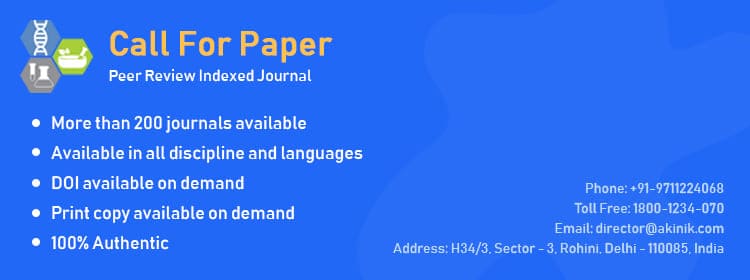

Joginder Singh Ahlawat
Polysynthetic languages pose a unique challenge for morphological analysis due to their very high morpheme-to-word ratio and very high inflection in word formation. These languages are morphologically rich and highly synthetic, i.e., single words can be composed of many morphemes. In extreme cases, the entire sentence consists of only one single token. Morphological segmentation in such cases becomes a challenging task when we consider the fact that the training data can be extremely scarce for such languages. This paper presents some unsupervised approaches for morphological segmentation of low-resource polysynthetic languages based on Adaptor Grammars (AG) framework.
Pages: 37-43 | 834 Views 270 Downloads
